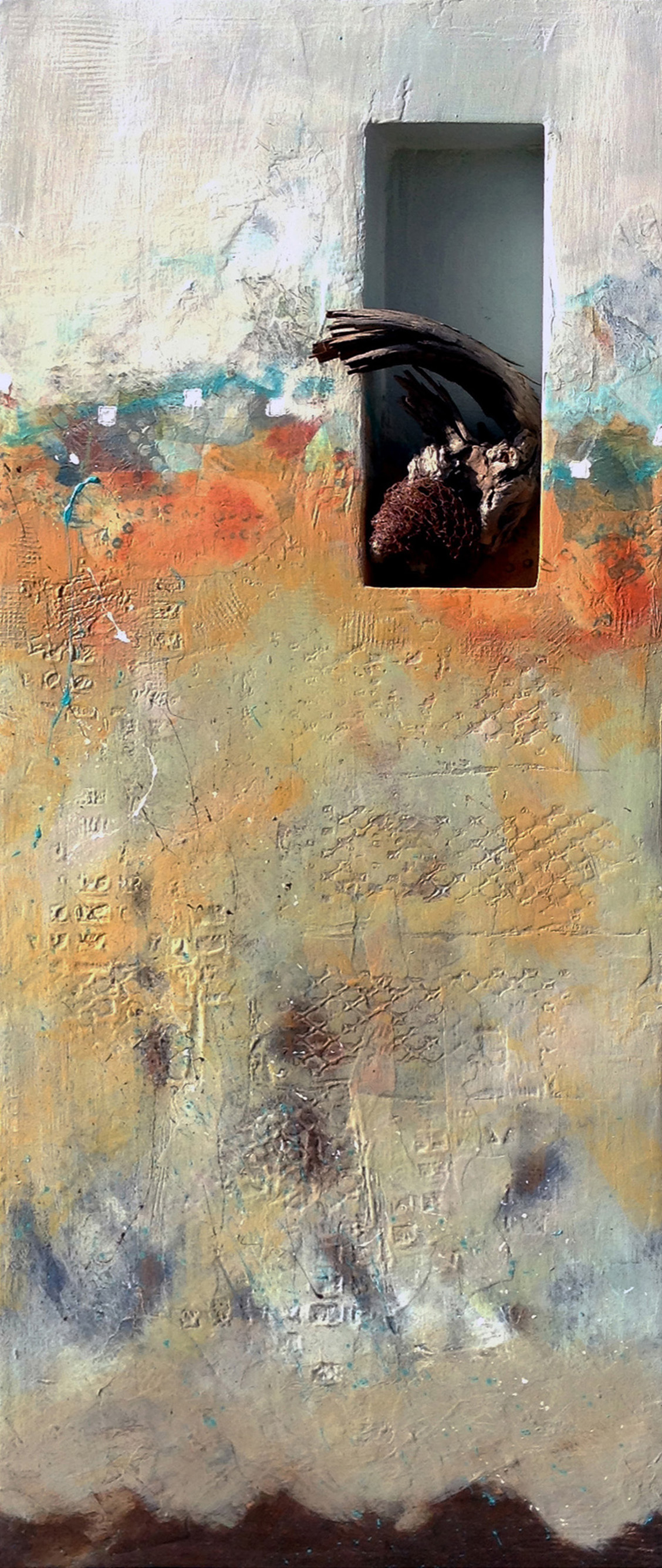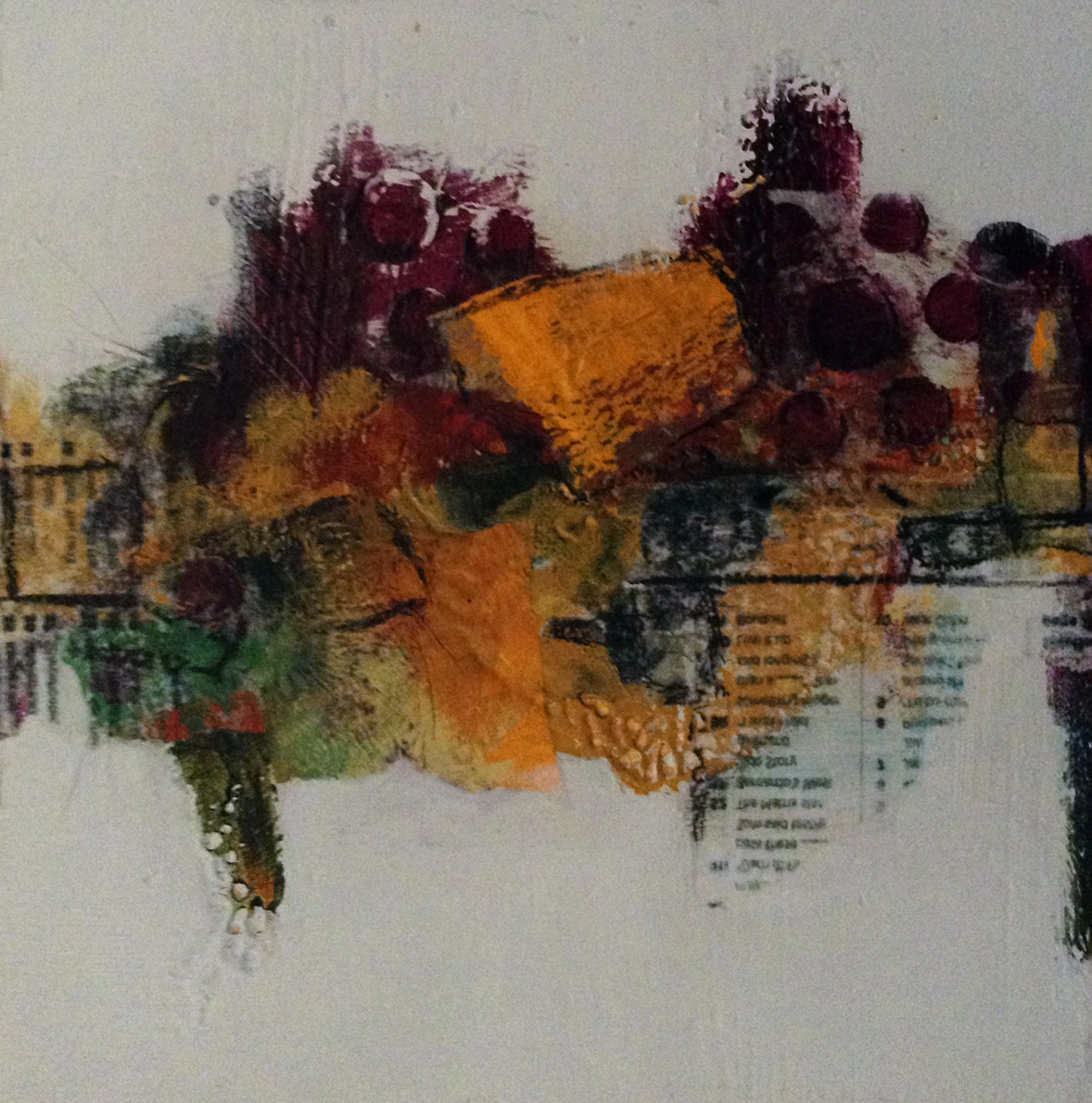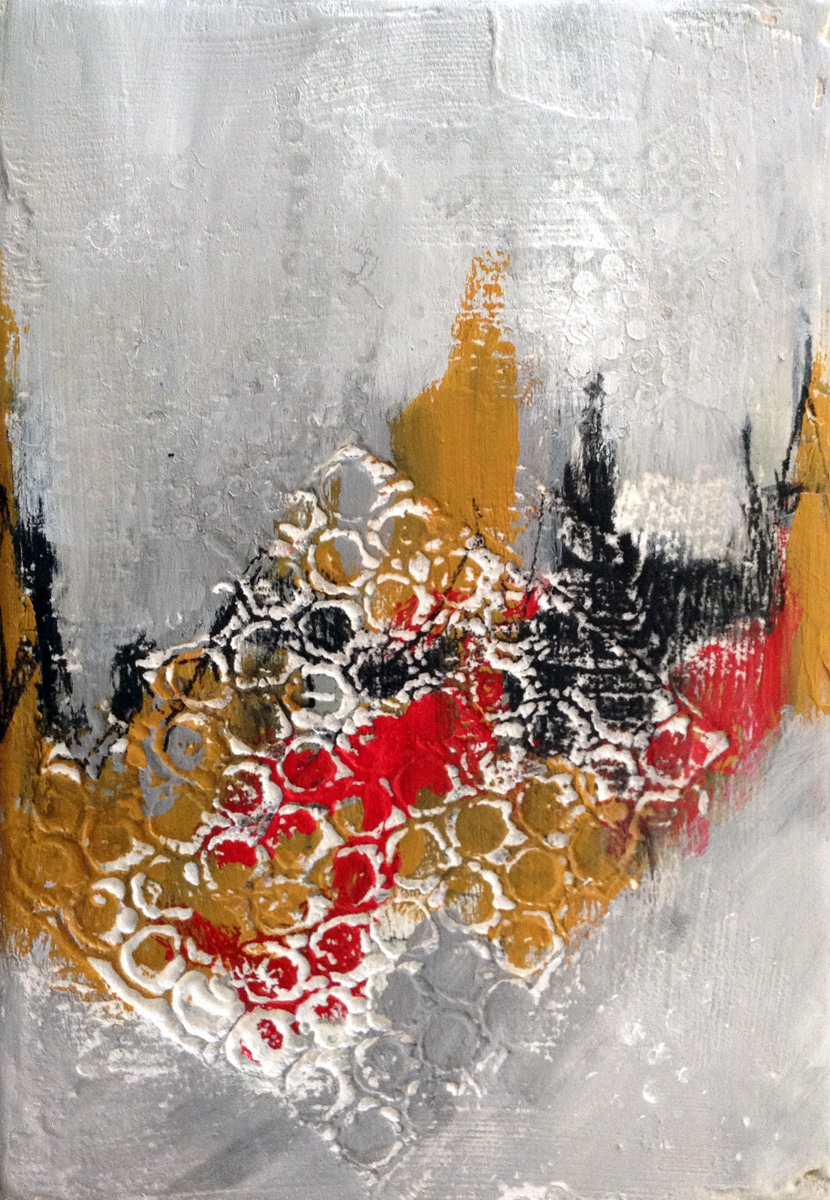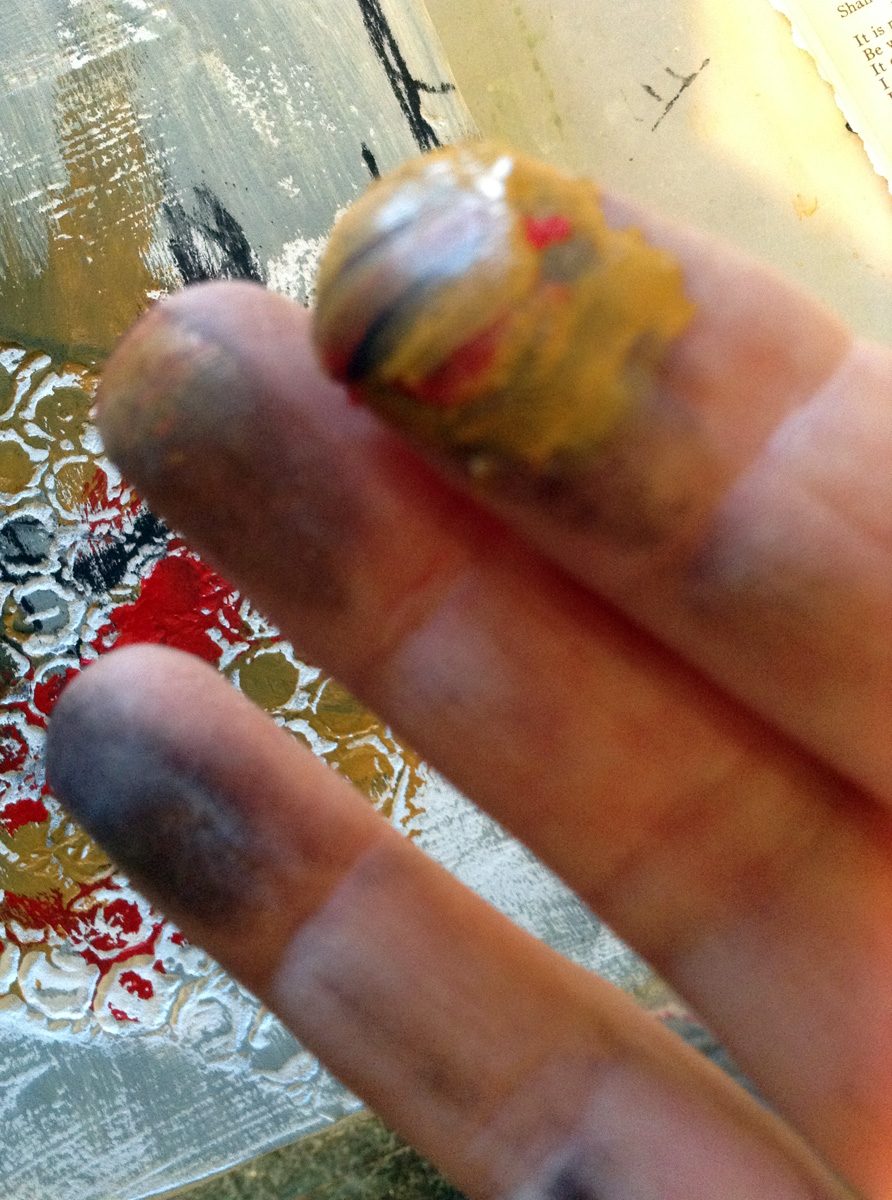
I knew it would happen sooner or later. I just assumed later. But I now admit that I have definitely slowed down. About three months ago while caring for my young grandson I failed to get out of the way when he “helped me” close the cabinet door in the kitchen. The door caught my finger just at the base of the nail on my ring finger, and well I’ve been watching the colorful and disturbing changes since.
Of course, my daughters felt this slowness appeared a couple years ago when they noticed I was the only one driving the speed limit both in town and on the interstate. But I contended, then and now, that I am simply obeying the law and driving at speeds which are comfortable and reasonable for handling the vehicle.
Luckily, there has been one benefit to this slowness: I notice things more. I opened the curtains at daybreak one morning to see grey light turning pink and slightly blue. The light was in the middle of a landscape and seem to be pushing the trees to each side. It was a simple image, but the shapes stayed with me. Finally, I put them to paper in a series of small cold wax and oil painting and now to a larger diptych called “Scattering the Night.”
Andrew Thomas, Founder of Skybell Video Doorbell, says in an Inc. Magazine article (https://www.inc.com/andrew-thomas/4-reasons-why-slowing-down-will-actually-make-you-more-successful.html) that slowing down improves your chances of success. He says you will have greater clarity; you can’t hustle if you are dead; you will harness the power of emotion; and you will make better decisions.
I agree: I should have slowed down years ago. Especially if it means that I am aware of the small, but important things.





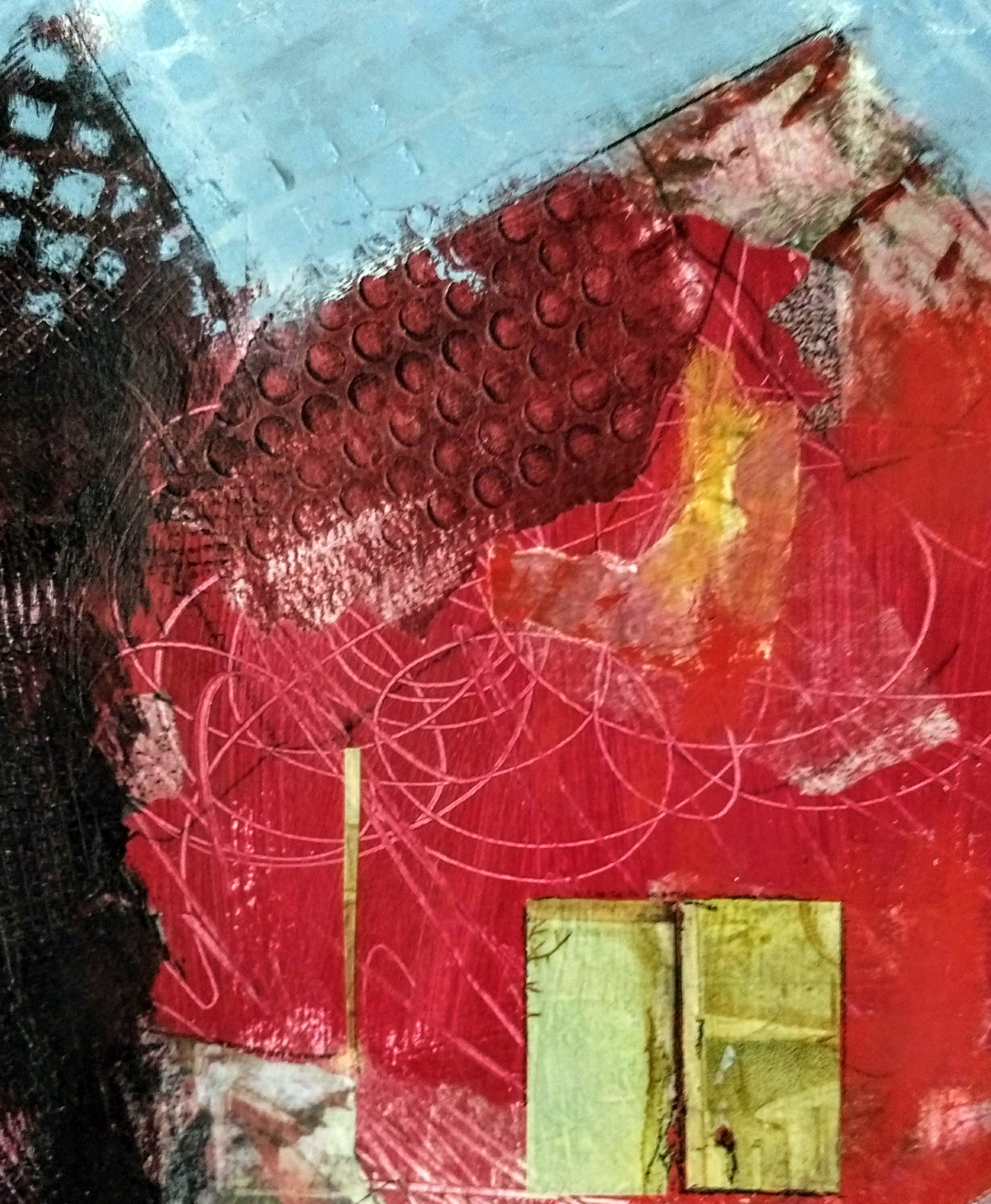
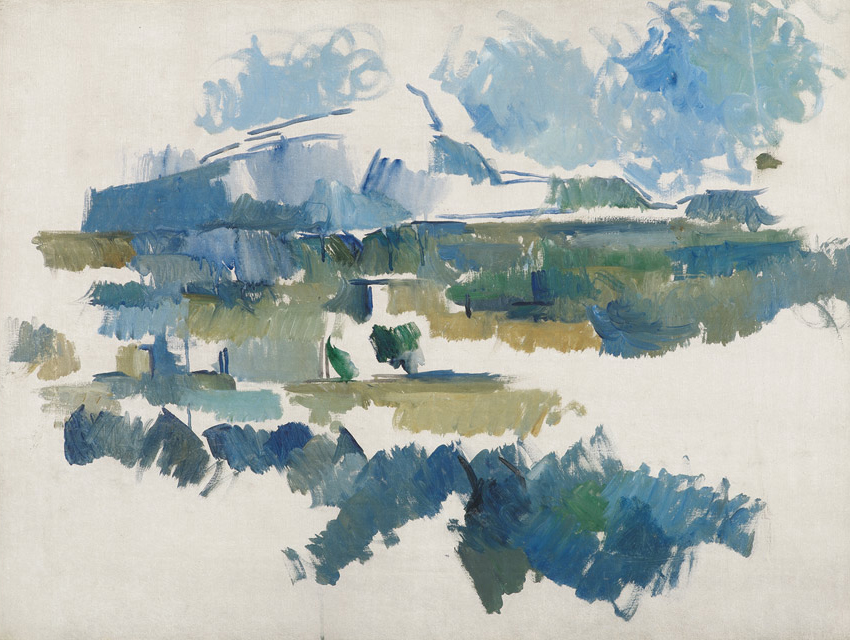 La Montagne Sainte Victoire vue des Lauves, 1901 – 06, Paul Cézanne
La Montagne Sainte Victoire vue des Lauves, 1901 – 06, Paul Cézanne
